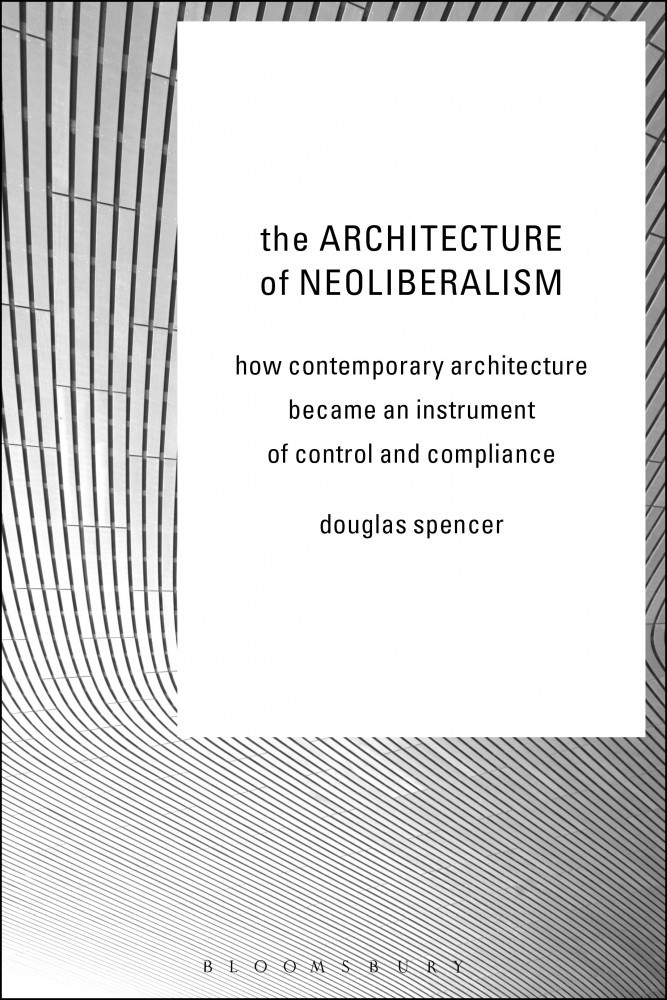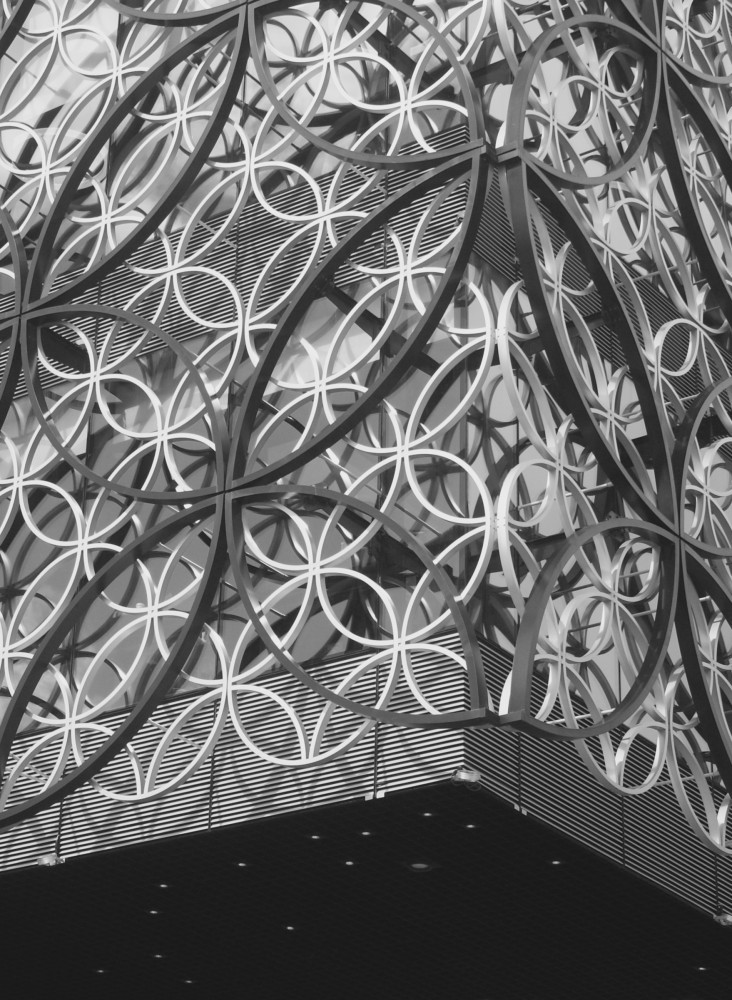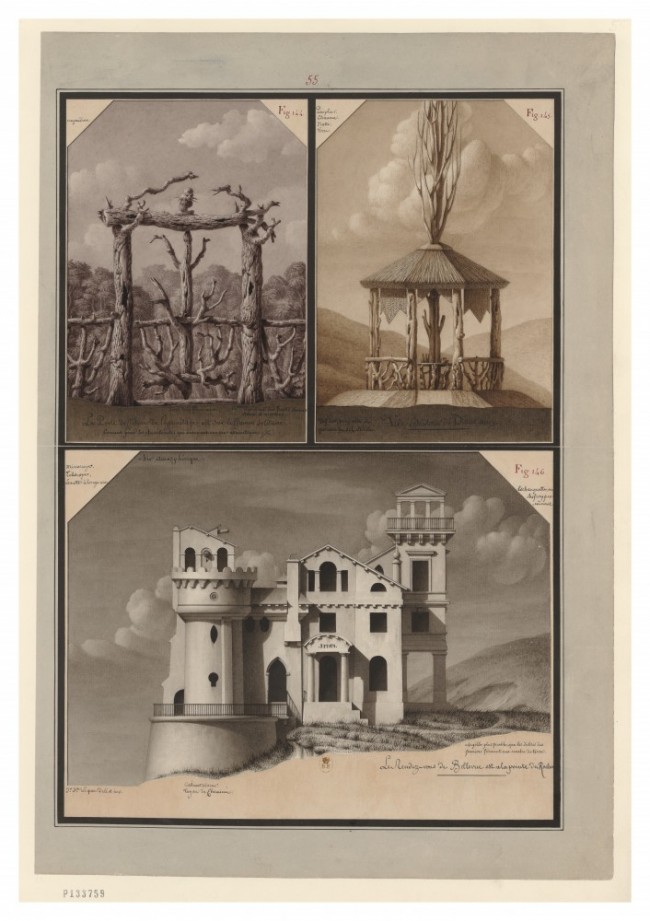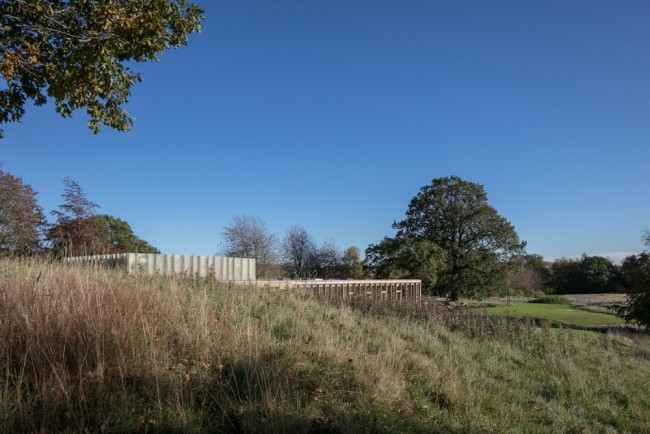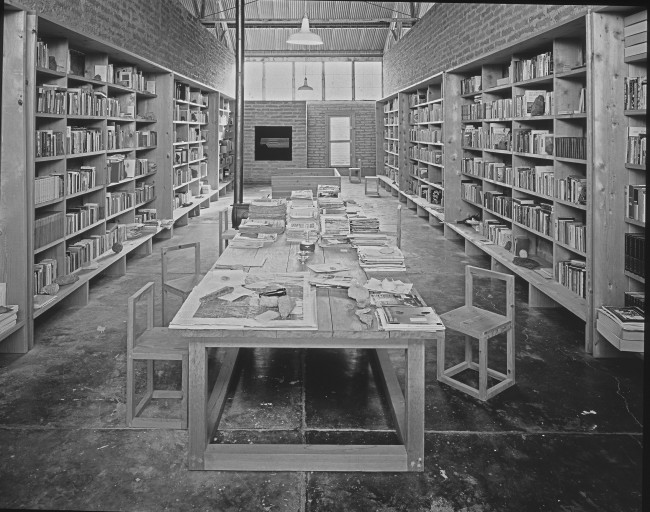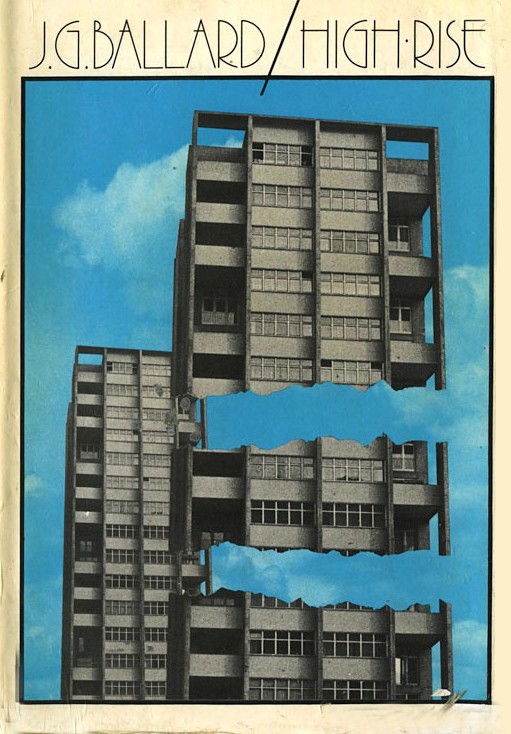BOOK CLUB: The Architecture of Neoliberalism / How Contemporary Architecture Became an Instrument of Control and Compliance
It has become commonplace to criticize famous architects for making themselves too compliant with the whims of the economy. The Architecture of Neoliberalism: How Contemporary Architecture Became an Instrument of Control and Compliance offers a novel approach to this issue. Rather than examining architecture through the phenomenon of neoliberalism, author Douglas Spencer does exactly the reverse: he examines work by notable architects from the past 50 years and makes a compelling argument about how changes in the economy have altered the very way we see and experience the world. Spencer’s treatise, which was published last year, arrives at a strange moment for the profession: Zaha Hadid, whose work features prominently in the book, died suddenly in 2016, leaving unresolved her disavowal of responsibility for human rights-abuses on her building sites; Patrik Schumacher, Hadid’s associate and heir apparent, who is heavily quoted by Spencer, made a blustering speech at last year’s World Architecture Festival calling for the complete deregulation of public housing in London, which looks especially crass in light of the recent deaths during the horrifying fire at Grenfell Tower; and Rem Koolhaas, another central figure in the book, spoke to Dezeen after the U.S. presidential election about how Trump’s victory “really discredits the whole Silicon Valley complacency, language, and culture,” only to accept a commission from Facebook a few months later to masterplan an entire neighborhood next to the social network’s Menlo Park headquarters.
Perhaps, despite itself, Spencer’s book is less a work of exegesis than of taxonomy of a phenomenon on its way to extinction. The ideas of Schumacher, Koolhaas, et al. are traced through continental philosophers like Gilles Deleuze and the American counter-culture movement of the 1960s back to an unlikely source: Friedrich Hayek, the Austro-British philosopher who, in the wake of World War II, played a crucial role in the intellectual formation of what we know today as neoliberalism. In a conception of the world where any central planning is seen as “totalitarian,” architecture is reduced to aestheticizing the myth of the self-managing society, creating in its members a disposition toward sensory input over critical reflection and retraining them to move fluidly between public and private life, practicing skills which in the gig economy have become ubiquitous watchwords, like “networking” and “communication.” The architect’s role is simplified to managing “the operative performance of the system. All things being equal, rendered commensurate, antagonisms can be sublimated as systemically productive: conflicts between retail-based developments and local populations are resolved — in theory at least — through the hybridized space designed for the new citizen consumer.” In this brave new world, a building is a space where the circulation of the street is condensed and layered to facilitate consumption, be it of art in the Pompidou, education in Thom Mayne’s academic hub for Cooper Union, or freelance labor in Hadid’s BMW Central Building or Koolhaas’s CCTV tower. Floor plates are disrupted to imply a lack of hierarchy, and opacity is eschewed at all possible opportunities.
Though Spencer’s account likely overestimates the ability of prominent architects to transform the structure of the economy, the analytical lens he offers the reader is powerful. Architecture is not just an industry, but a prism through which all of society is refracted. At the book’s close, Spencer’s impassioned defense of the usefulness of critique is especially vital and, for anyone skeptical of the abundant claims that “theory’s ‘negativity’ gets in the way of the ‘real’ work of architecture,” this volume will come as welcome validation.
The Architecture of Neoliberalism: How Contemporary Architecture Became an Instrument of Control and Compliance, by Douglas Spencer (Bloomsbury, 2016).
Text by Maxwell Donnewald. Photography by Douglas Spencer. Taken from PIN–UP 23, Fall Winter 2017/18.

